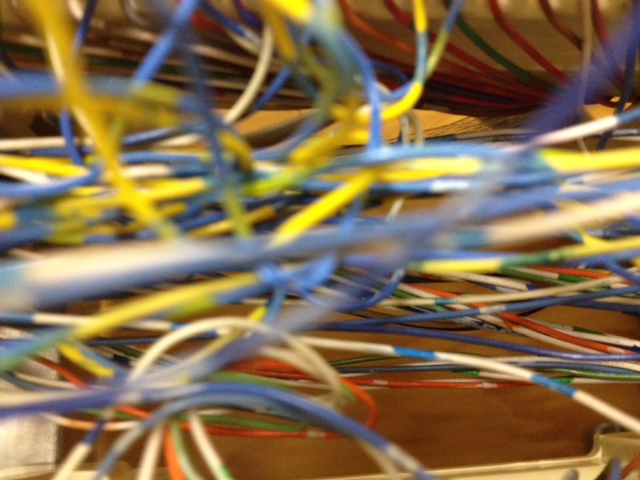UX needs to operate under a new set of rules within the Internet of Things

User experience, an important part of software design, is suddenly getting very complicated. Because the Internet of Things requires a different set of rules when it comes to delivering a superior UX.

Until now, developers and designers worried about what was happening on the screen with their apps -- mainly the user interface, and the speed of responsiveness of the UI to users. Now, what happens when you have to worry about thousands of screenless devices? Claire Rowland ponders this question - and provides answers -- in her latest ebook, User Experience Design for the Internet of Things: Why It's More than UI and Industrial Design. "IoT design spans distributed systems of devices, situated in all the complexity and mess of the real world. This adds rich new layers of complex challenges to designing for connected products, as compared to most conventional UX."
These layers need to be considered in any attempt to introduce UX to IoT apps and devices - and needs to be a team effort. "It's more important than ever to think of the user experience at a systems level, spanning user interactions with multiple devices, physical hardware, the properties of networks, wider business and service context, and the underlying technology enablers. The UX is not just the responsibility of the designers, but everyone involved, including product strategy and engineering."
"The UX is not just shaped by what the user can see or encounter directly," Rowland says. "The basis for a valuable, appealing, usable, and coherent IoT product is created by care for the UX at less visible, system-oriented and strategic levels. This requires a good underlying technical, service, and product framework aligned around user needs. It requires attention to the experience of using the system as a whole."
Every IoT implementation has different UX requirements. Rowland cites the following examples:
- "An in-car system needs to be designed to minimize distraction while driving."
- "A remotely controlled oven needs to minimize the risk of fire."
- "Devices must adhere to regulatory requirements such as radio interference or waste recycling standards."
- "An assisted living product needs to balance the need of vulnerable people for safety and support, while preserving their privacy and autonomy."
- "Automated rules and modes in some smart home systems perform actions when certain conditions are met, like turning devices on or off when people arrive home, wake up, or leave."
Ultimately, the goals of both traditional screen-based and IoT applications are exactly the same when it comes to UX. In the process of bringing IoT together with well-thought-through design, the result needs to be "something your users are delighted to use every day," says Jared Porcenaluk in a recent post in IoTforAll.com. Users should "know they will be able to use it five and ten years from now, even if the company gets bought out." They should also know "they have control of the experience, and while the fact that this thing is internet-connected certainly enhances the experience, it doesn't control it or limit it."
The most important design decisions in IoT applications and systems should nclude the following:
Enhances the experience: "There are many UX design decisions that I can highlight here: don't make the user worry about battery life, make sure the perceived performance is instantaneous, and reduce cognitive load rather than add to it."
Works locally: "When designing for IoT, don't assume always-on internet connectivity.The ideal would be to design for no internet connectivity at first, and then see how much functionality can be done locally before you need to access the internet."
Upgradeable: "The lifecycles of connected devices are too long to assume that users will replace them every two years like a phone. Rather than stick users with outdated computing hardware that's permanently attached to their perfectly serviceable washing machine, good design would include the ability to easily upgrade the processing unit without affecting the rest of the device."
Extendable APIs. "Make sure whatever you're building has one, because there are use cases for the product that you have never thought about. Whenever it is possible, and safe, to allow a user to connect, control, and read information from your device, make sure that can happen."
Secure: "Design for security from the outset. Understand what the basics are and advocate for the user."